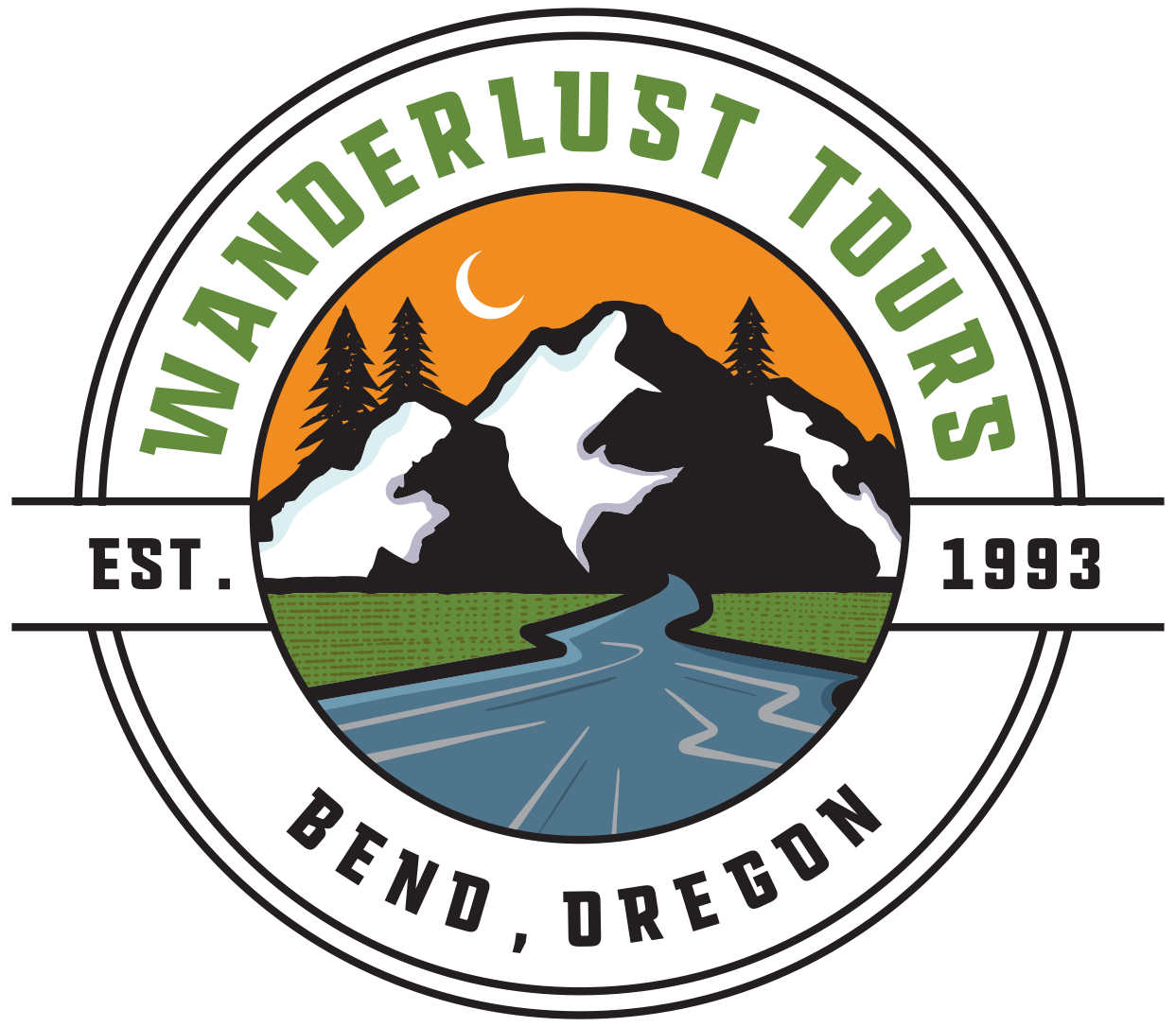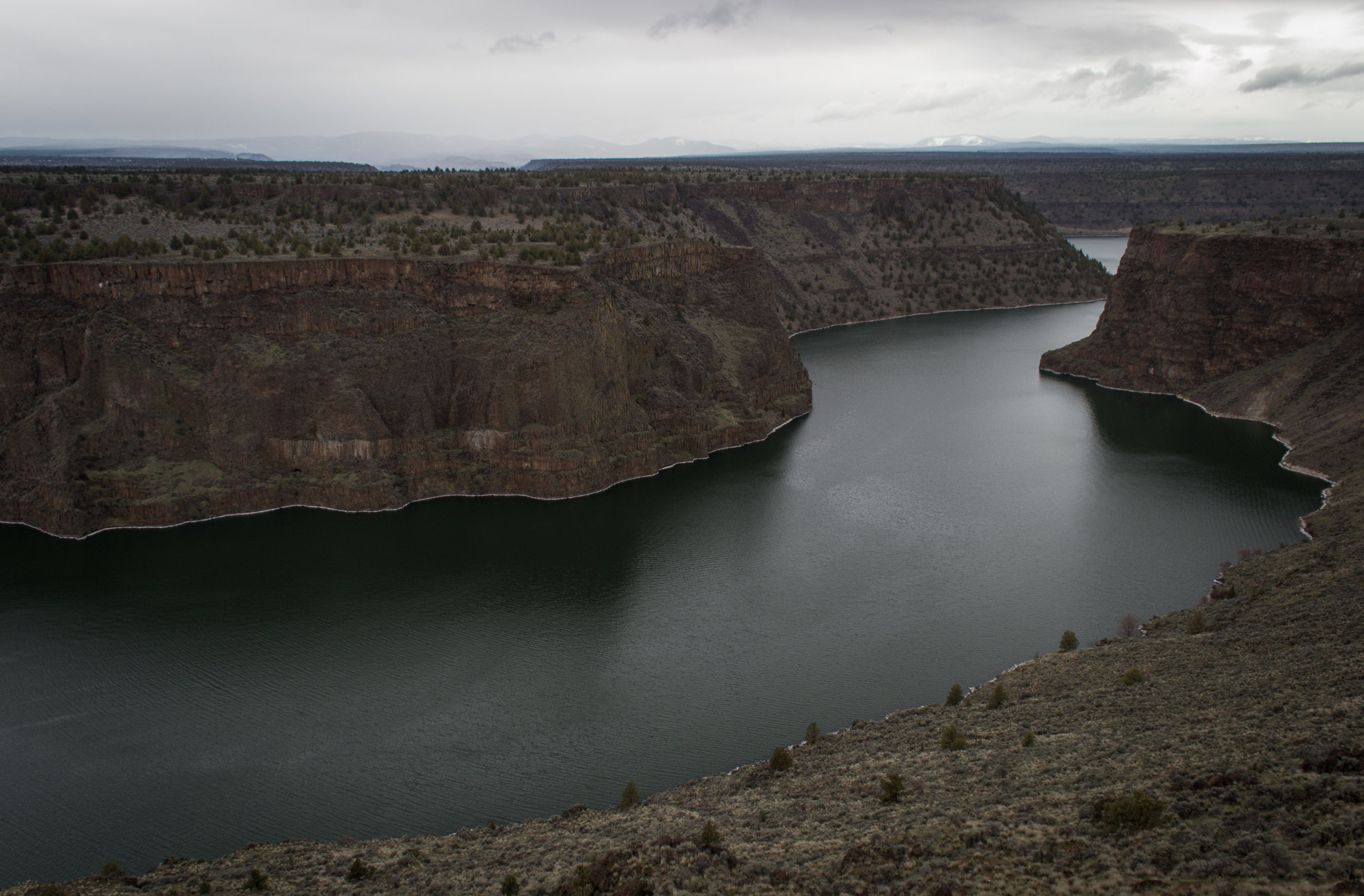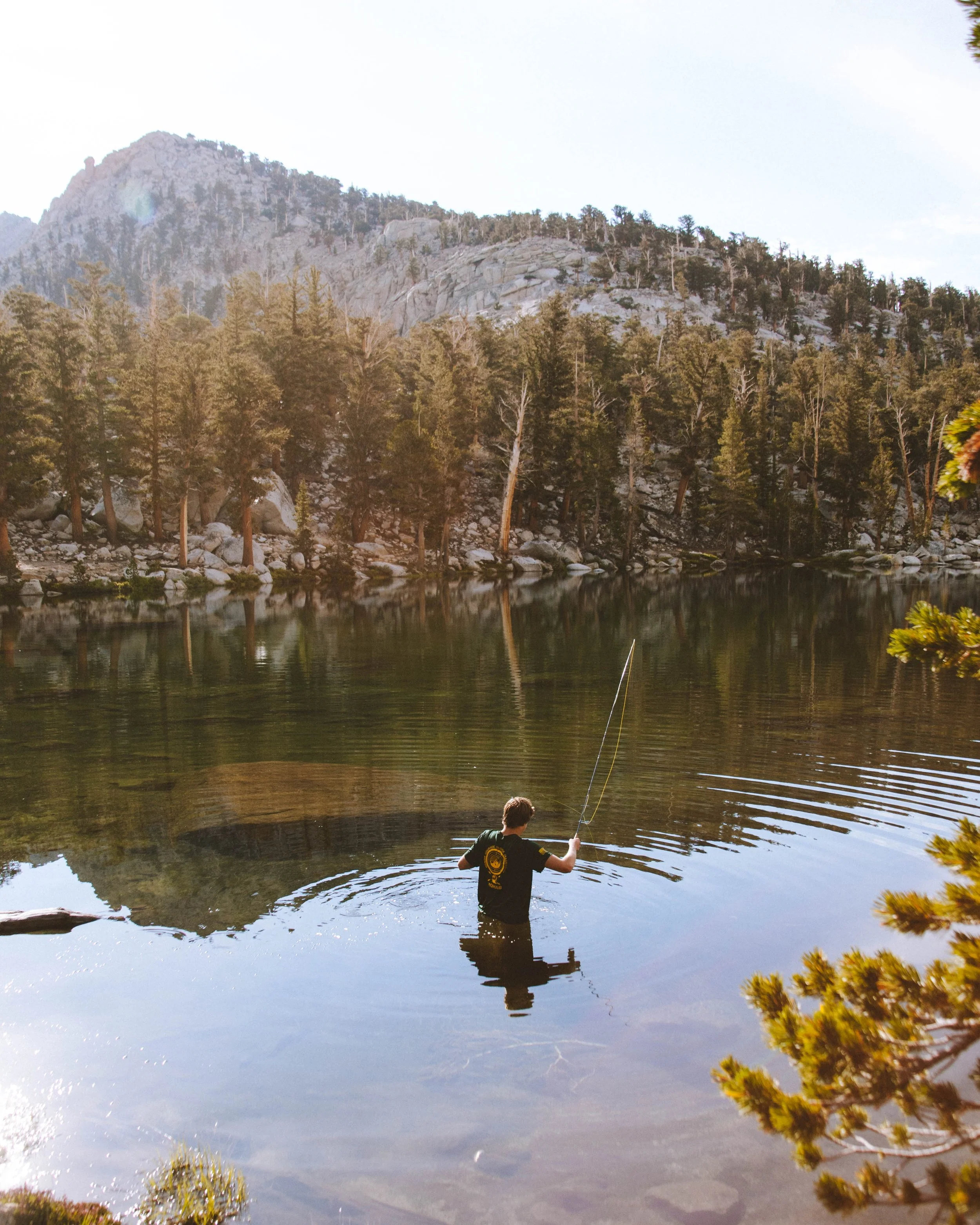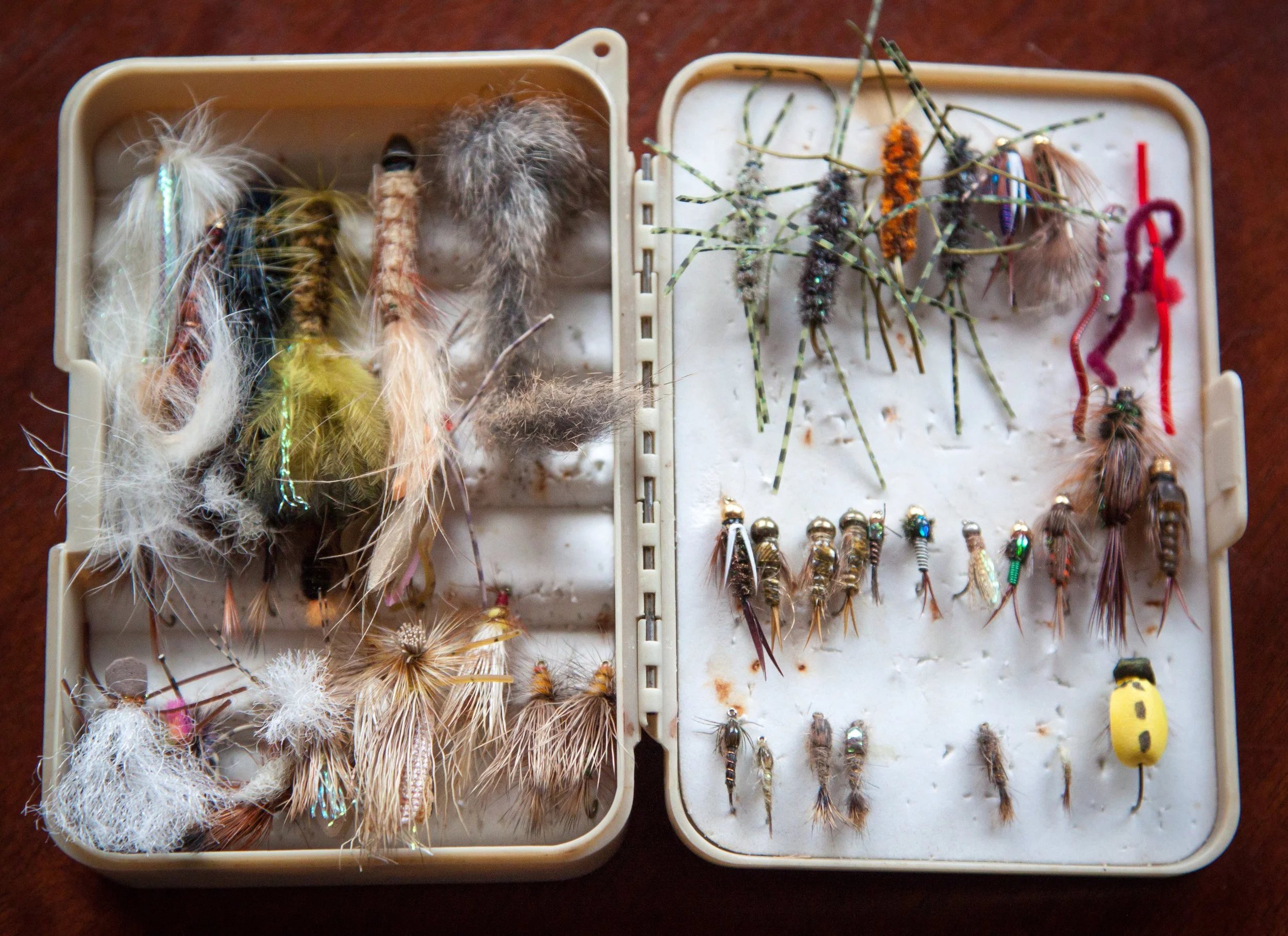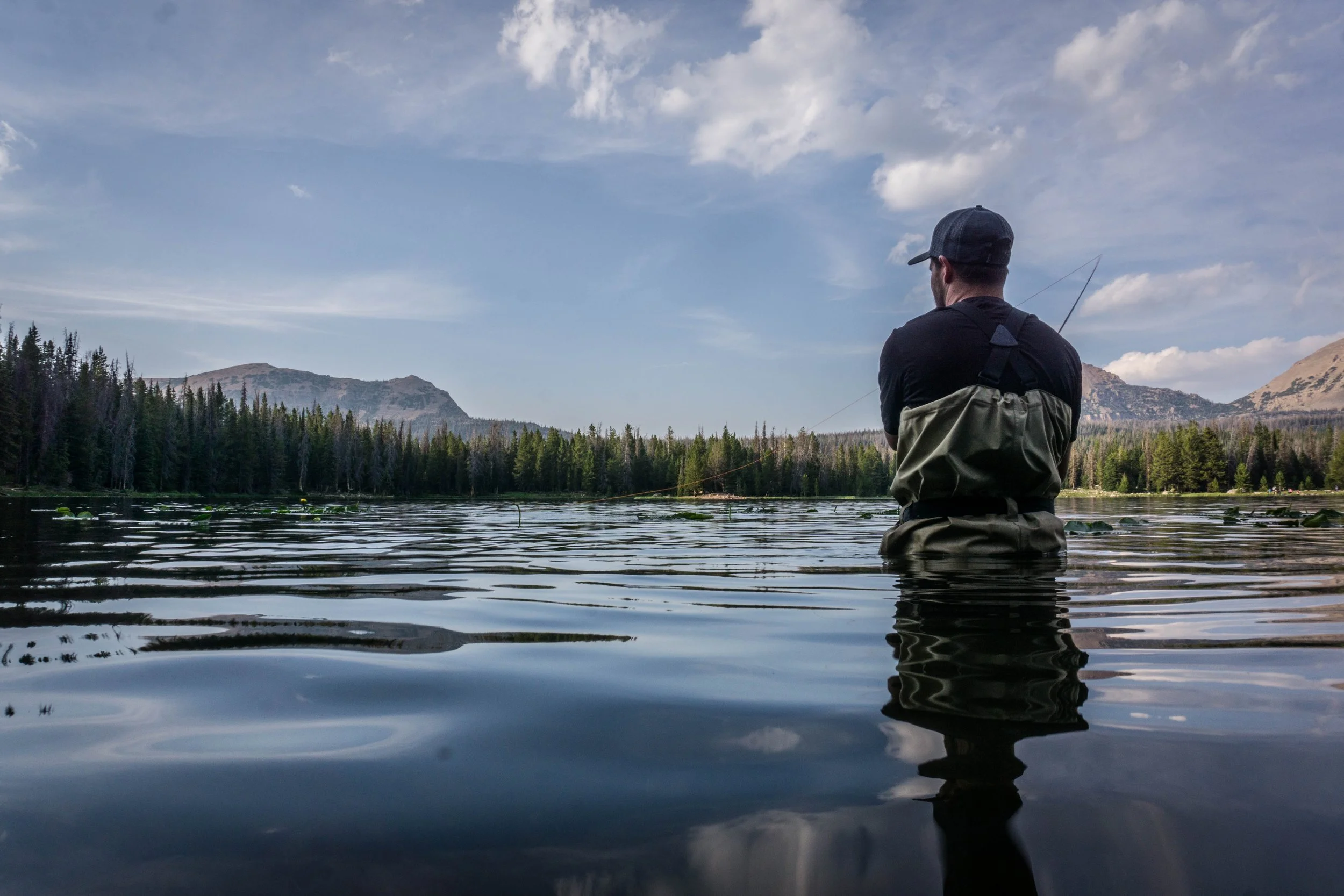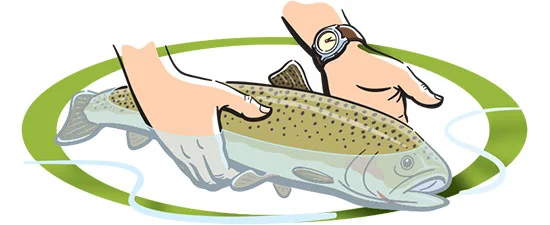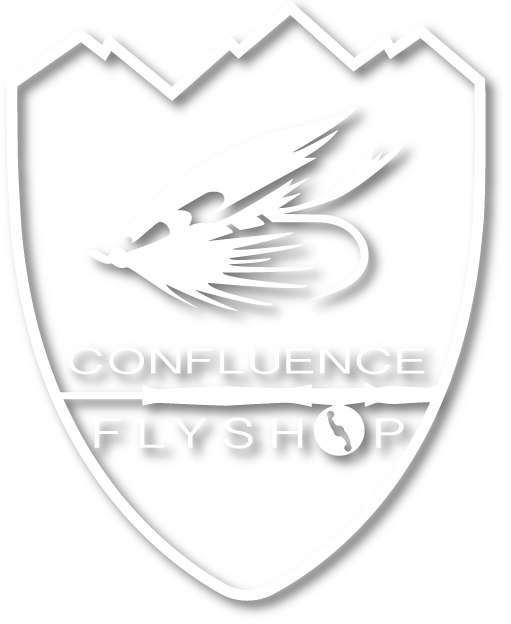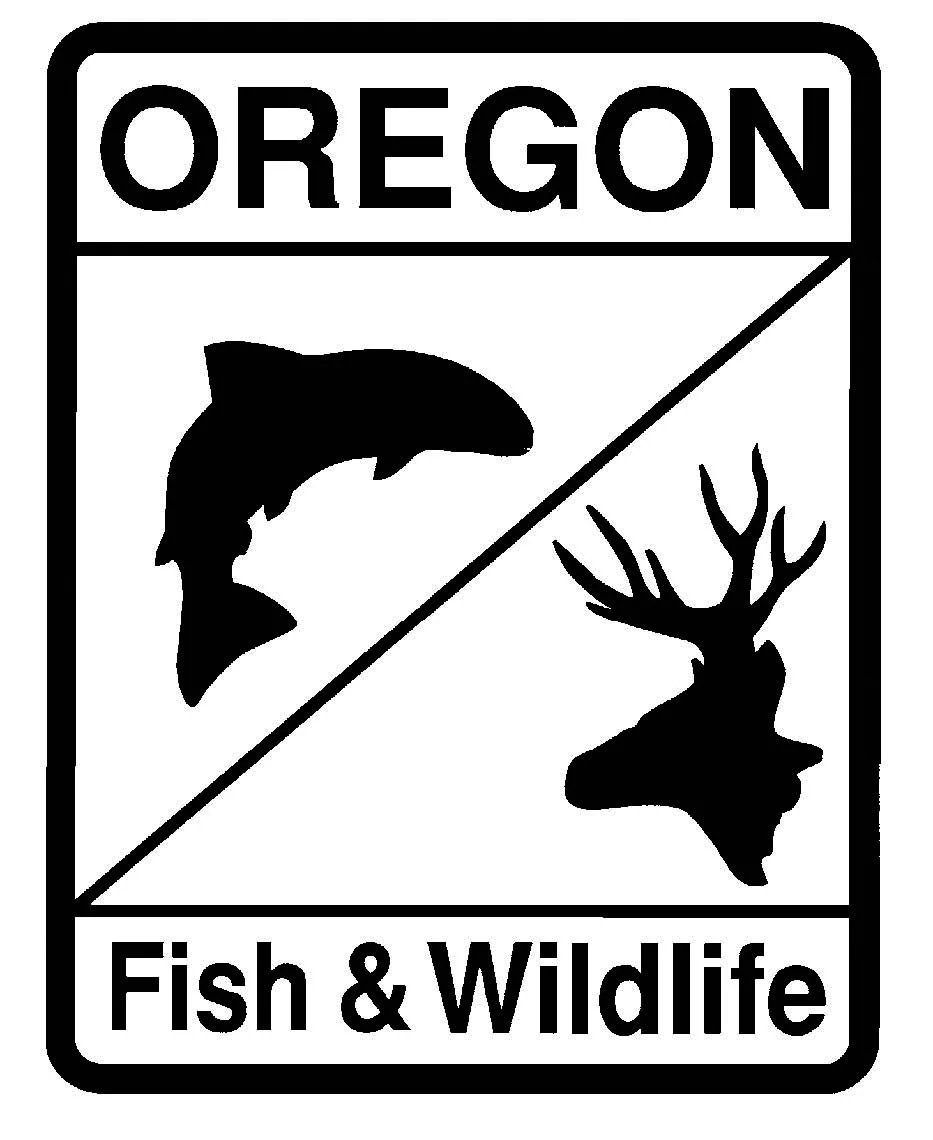In our last blog post, we discussed the amazing Geology of Central Oregon. We're lucky to have a near-endless supply of amazing rock features that attract thousands of climbers, hikers, and sight-seers to our little corner of the world every year. The grand statures of sites like Smith Rock State Park are easy to appreciate, but don't forget: it's WATER that ends up shaping most of this rock, and which allows us to live in this desert landscape. That's why we're talking about HYDROLOGY this week!
HMMM...
HYDROLOGY, YOU SAY?
Hydrology is less commonly discussed than Geology, but these two sciences go hand-in-hand. Hydrology studies the movement, distribution, and quality of water. A large part of Hydrology studies the water cycle and water resources, as well as examining local and even extraterrestrial watersheds.
WATER, WATER EVERYWHERE
The survival and flourishing of humanity is directly linked to water. We must maintain a healthy drinking water supply, provide irrigation for crops, and we're susceptible to the whims of floods and ocean currents. In short: our hydrological features can have an immense impact on where, and how, we live!
VISUAL CUE: CENTRAL OREGON'S WATERFALLS
That's right-- we are super lucky to enjoy a number of beautiful waterfalls in Central Oregon. These amazing water features provide a lot of joy for tourists and locals alike. They're also a great visual representation of how powerful water can be, and how water can wear away dirt, wood, and rock to form its own shapes in the landscape.
UNDERNEATH OUR FEET
Bend gets its drinking water mainly from Bridge Creek, a tributary of Tumalo Creek, and when needed during high-volume times, the city taps into the Deschutes groundwater aquifer.
Image from The City of Bend Utility Dept.
MORE ABOUT OUR DRINKING WATER
It's true-- we have DELICIOUS water in Central Oregon, derived from a pretty unique water system. Our spring-fed rivers and streams are connected to groundwater systems, which provide a steady flow of pure water at cool temperatures year-round.
Because Central Oregon is so dry, most of the precipitation that supplies our groundwater falls in the Cascade Range. In fact, almost none of our groundwater comes from the rainfall in Central Oregon. Rather, we depend on the hardiness of the snowpack in our mountains to supply the pure, naturally-filtered water that comes from our faucets.
VOLCANIC ROCK: NATURE'S WATER FILTER
We've discussed how volcanic Central Oregon is in previous blog posts. Because of our geological history, our lands are rich with a variety of volcanic rock! So, when our groundwater flows from the Cascade Range, it passes eastward through the permeable volcanic rock, eventually enriching our aquifer with delicious, pure water. In fact, until recently, our only man-made filtration was a screen to keep out sticks and leaves!
If you'd like to learn more about the drinking water in Bend, definitely check out the excellent and informative Deschutes Basin Groundwater Study done by the US Geological Survey.
Broken Top's unique features were carved by immense glaciers moving through the rock
A WORD ABOUT GLACIERS
Just a quick note: glaciers are not necessarily related to the snow-pack that provides our drinking water, though there are a few glaciers left in the Cascade Range that contribute to the overall health of the snowpack. Although there's an entirely separate science related to studying glaciers (Glaciology), these amazing features are worth at least a quick mention here due to their importance in shaping the landscape around us, and the lingering effects they've had on our water supply.
GLACIERS AND OUR DWINDLING SNOW-PACK
Glaciers are ancient ice floes attached to the highest peaks of mountains. These are the giants that carved through rock and dirt to shape mountains and winnow valleys. Unfortunately, their dwindling size and numbers are also a huge indicator of global warming.
Compare these two images for reference:
OUR IMPACT
In the 8 years since the above photo was taken, the snowpack continues to be diminished by rising global temperatures. Glaciers are an important part of keeping the snowpack cool, and robust in the summertime. As they become smaller, there's less for our winter snows to build upon. That's why it's so important to USE LESS WATER in our daily activities, be mindful of our consumption habits, and to do our best to reduce our carbon footprint!
